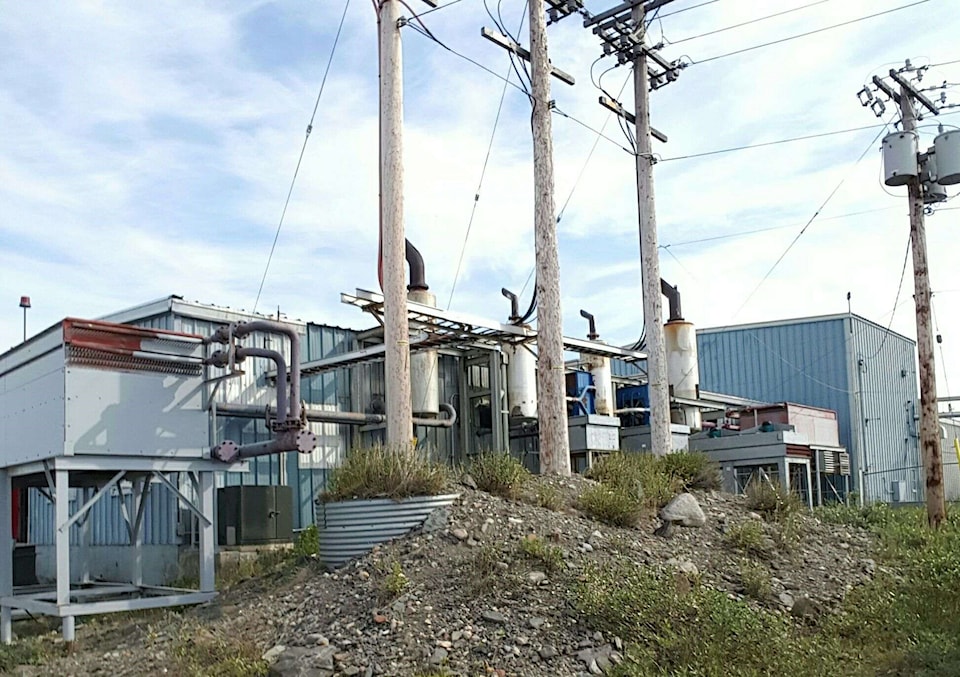If your business operates from power generated outside of Qulliq Energy Corporation's operations, the territorial utility wants to charge you money in case you ever need to switch to their power sources.
Qulliq Energy Corporation (QEC) is proposing a standby power rate for customers who use the QEC grid as a backup, states an Aug. 13 news release.
The proposal is for a 48 cent per kilowatt-hour standby rate to help cover maintenance costs. It's under consideration by the Utility Rates Review Council.
Nunavummiut who use QEC's grid are currently being charged 75 cents per kilowatt-hour while businesses pay 62 cents per kilowatt-hour, QEC's website says.
Those with concerns or suggestions can make their voices heard on the matter until Sept. 8 by submitting written comments to URRC@gov.nu.ca.
QEC did not return Nunavut News' request for comment on the rate proposal, but did explain its reasoning in its press release.
"Establishing this new standby rate allows QEC to provide services to customers who wish to be isolated from the QEC grid and generate 100 per cent of their electricity needs by self-generation," said Ernest Douglas, the utliity's president and CEO.
The Northwest Territories has charged a standby rate since at least 2024.
Helping Nunavut's buildings rely less on the grid is something Windsor, Ontario-based company Green Sun Rising has done a lot of this summer, installing solar panels on community spaces in Clyde River, Arctic Bay, Grise Fiord and Pond Inlet.
The president of Green Sun Rising, Klaus Dohring, said he couldn't tell how the standby rate would affect off-grid Nunavummiut just yet.
But Dohring said the territory's utility has created barriers to renewable power, especially in remote hamlets.
"Qulliq Energy has recently put exceedingly conservative limitations on solar generation, and on the solar system in Grise Fiord," Dohring told Nunavut News.
QEC pays solar power producers 27 cents per kilowatt-hour for the electricity they generate, no matter where they are in Nunavut, Dohring said.
Meanwhile, Green Sun Rising recently built a 100-kilowatt solar project in Grise Fiord, which Dohring said is the smallest and northernmost producer in QEC's operating area.
"To use the same rate across all 25 communities, I believe, disincentivizes the very northern ones, the very expensive ones," Dohring contended.
He would like to see QEC pay independent power producers 40 to 45 cents per kilowatt-hour, which is backed up by a 2024 Pembina Institute paper.
The same research paper suggested paying Inuit-owned power producers an additional eight cents per kilowatt-hour.
While Dohring was critical of QEC, he also offered sympathy to the company for experiencing high turnover rates, and explained that there is a natural friction between utilities and independent power producers, like his company
"Because they're used to having 100 per cent control over the diesel generators, they highly dislike the fact that they do not have control over renewable generation," Dohring said.
QEC operates 25 diesel generators, one in each Nunavut community.
As for the standby rate proposal, Dohring suggested that the Utility Rates Review Council will fully consider QEC's application and won't just rubber-stamp it.



